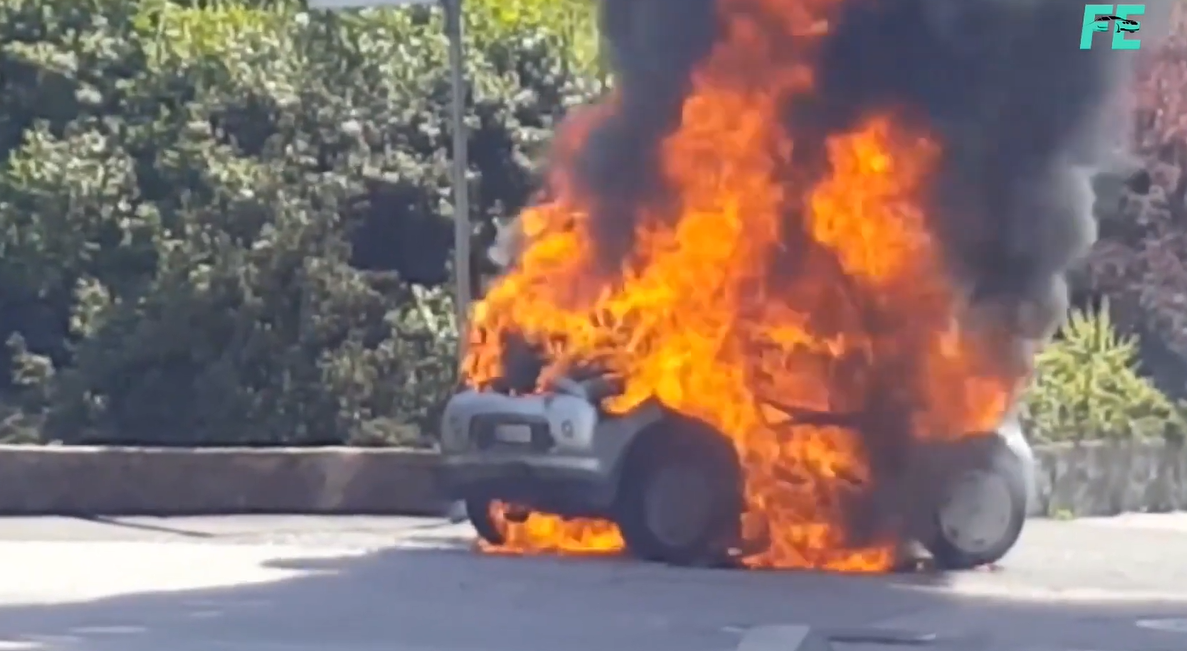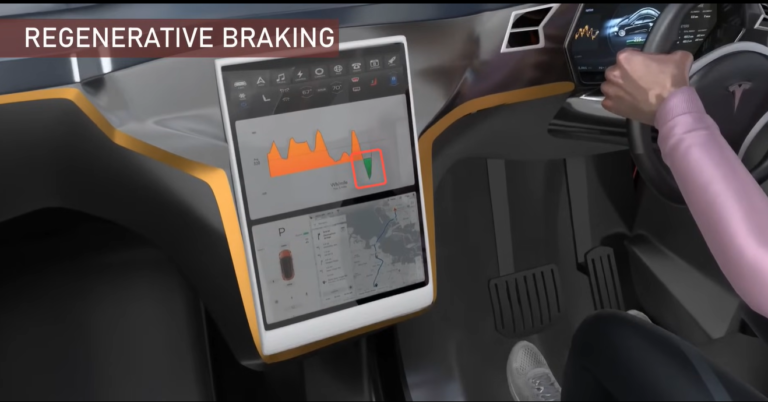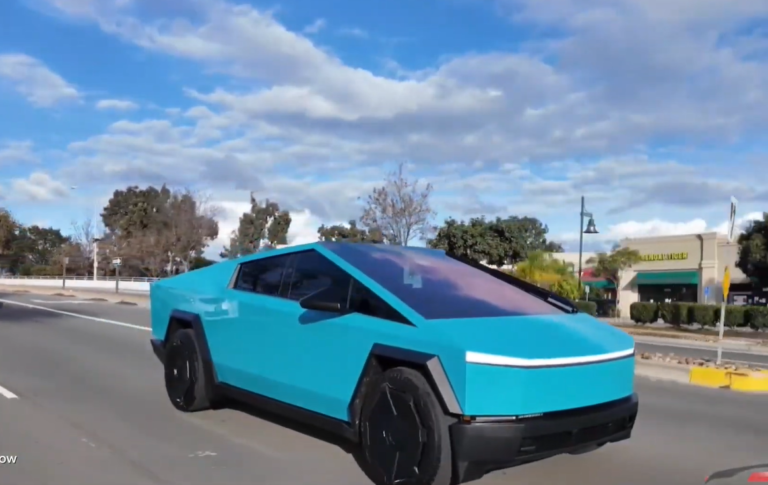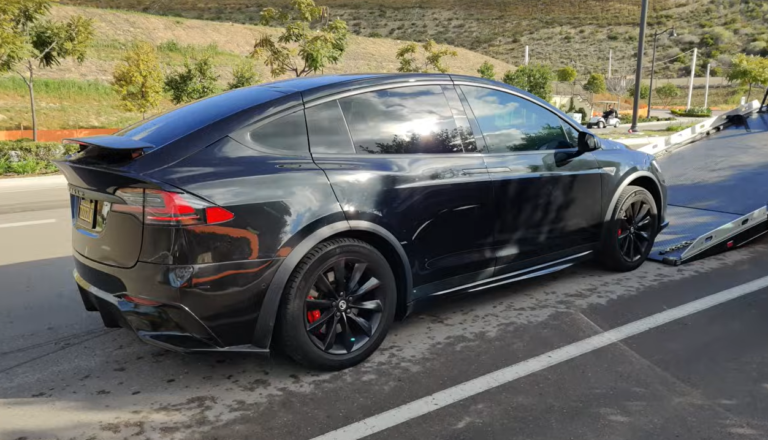Tesla Fires: Navigating the Reality of Electric Vehicle (EV) Safety
In the rapidly evolving landscape of electric vehicles (EVs), brands like Tesla are ushering in a new era of sustainable transportation. However, the increasing incidents of Tesla fires, particularly in high-stakes situations involving crashes, have raised questions about their safety and reliability. An alarming episode in late October serves as a stark reminder of the potential dangers that can accompany these cutting-edge vehicles.
The Incident: A Turning Point
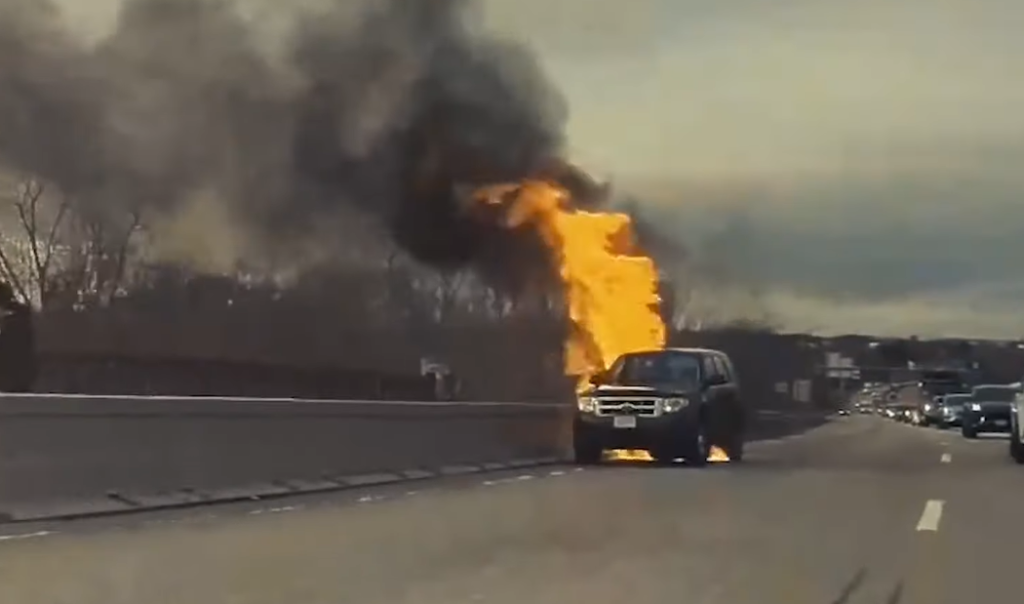
On a tragic day in downtown Toronto, a crash resulted in the loss of four lives, leaving one woman as the lone survivor. Rick Harper, who witnessed the aftermath, recounted the surreal experience of using a metal pole to break the glass of a burning Tesla to rescue her. This harrowing incident highlights a crucial concern: the accessibility of exits in electric vehicles after a collision, especially when the vehicle’s systems are compromised.
As we delve deeper into the mechanics of electric vehicle safety, it’s vital to understand that traditional methods of escaping a vehicle may not apply when power is cut off. In many EVs, the mechanical door releases can be tricky to find, often located beneath linings that require manipulation when immediate egress is necessary. This aspect raises questions about the design and functionality of Tesla vehicles, particularly during emergencies like Tesla catching fire incidents that can escalate quickly.
Battery Fires: A Growing Concern

The core of the matter lies in the lithium-ion batteries that power these vehicles. While electric cars are celebrated for their low emissions, the reality is that Tesla battery fires have become increasingly frequent. In Toronto alone, the number of battery-related fires surged by a staggering 90% last year, primarily attributed to the rising use of e-bikes. These fires can burn hotter and spread more quickly compared to conventional fires, making them particularly dangerous for first responders and passengers alike.
Many experts argue that while the quality of batteries in e-bikes may not reflect that of cars, all EVs, including Teslas, need to be scrutinized. The tendency for battery fires to occur, especially after accidents, calls for urgent attention toward better quality control and safety protocols. Critics have voiced concerns that more rigorous checks should have been in place before these vehicles hit the market, as the current landscape suggests that automotive manufacturers carry the bulk of the responsibility for ensuring the safety of their battery packs.
Understanding the Risks: The Battery Dilemma
When discussing the incidents of Tesla fires, it’s crucial to understand the underlying technology. Lithium-ion batteries, while robust and efficient, are also susceptible to issues such as overheating and electrical shorts. In fact, these battery fires can ignite even after the vehicle has come to a standstill, a phenomenon known as thermal runaway. This is particularly problematic following a crash, when structural damage may compromise the battery’s integrity.
Research indicates that when lithium-ion batteries fail, they can produce intense heat and toxic gases, posing significant risks to both occupants and first responders. This fire risk is a stark contrast to the conventional combustion vehicles, which, while not without their own hazards, have well-established fire response protocols.
The federal government has set a target for all new vehicles sold to be zero-emission by 2035, emphasizing the urgent need for advancements in battery technology and oversight. Advocates are calling for heightened awareness and scrutiny surrounding battery fires—a demand that stems from a growing understanding of their implications on public safety.
The Safety Measures in Place
So what measures are currently in place to prevent incidents of Tesla catching fire? Transport Canada asserts that their standards are designed to ensure high-voltage systems do not pose a risk post-crash. The agency is also involved in developing global standards for electric vehicles to enhance safety across the board.
However, the effectiveness of these standards rests heavily on the diligence of automotive companies to adhere to safety protocols and ensure the quality of their battery systems. Consumers expect not only innovation from companies like Tesla but also a commitment to safety that aligns with the push toward greener alternatives.
First Responders and EV Fires
The challenges faced by first responders during a Tesla battery fire cannot be understated. Unlike conventional fires, battery fires require specialized knowledge to manage effectively. Firefighters must be trained to deal with the unique properties of lithium-ion batteries, including the fact that they can re-ignite even after being extinguished. This necessitates a comprehensive approach to fire response that includes understanding the vehicle’s structure, the nature of the fires, and the required safety precautions.
Moreover, the rise in e-bike usage and subsequent battery fires has further complicated the scenario. First responders are now encountering a diverse array of battery technologies, each with its own set of risks and response strategies. This evolving landscape underscores the need for continuous training and updated protocols to ensure safety for both responders and the public.
The Broader Implications
The rise of Tesla and other electric vehicles paints a picture of a promising future—a future, however, that is not without its shadows. The incidents of Tesla fires serve as a reminder that as we transition to electric vehicles, we must remain vigilant about the potential hazards associated with new technologies.
While some advocate for the immediate banning of certain EVs due to safety concerns, others argue that the focus should be on improving technology and safety standards. The goal should not be to regress into reliance on traditional combustion vehicles, but rather to enhance the safety and reliability of the emerging electric vehicle market.
Moving Forward: Solutions and Innovations
As we look to the future, several potential solutions can help mitigate the risks associated with Tesla fires and battery safety.
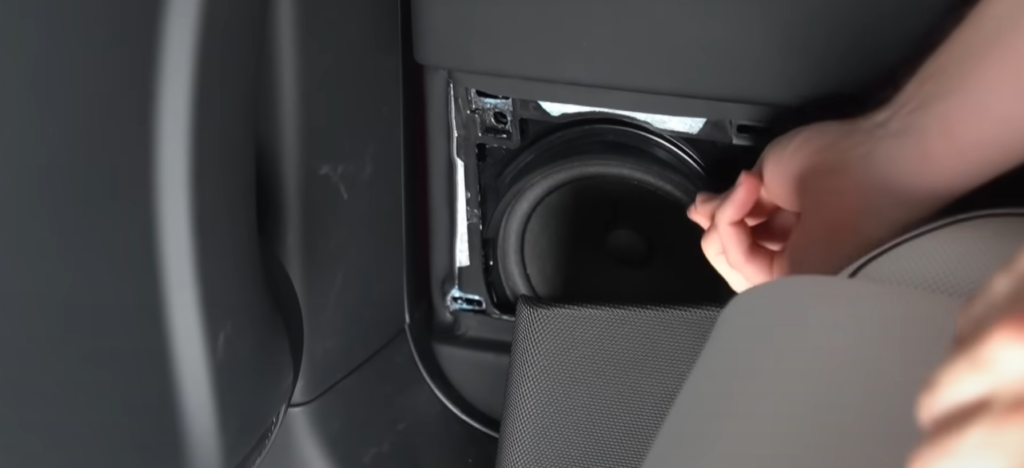
Enhanced Quality Control: Tesla and other EV manufacturers must prioritize quality control initiatives that ensure the integrity of battery packs. Rigorous testing and standards should become the norm, with transparency in the testing processes to build consumer trust.
Battery Technology Advancements: Researchers are exploring alternative battery technologies that could potentially mitigate fire risks. Solid-state batteries, for instance, have shown promise as a safer alternative to traditional lithium-ion batteries.
Better Emergency Protocols: Establishing comprehensive guidelines for first responders that focus on EV-specific risks can improve outcomes during incidents involving electric vehicles. Workshops and training sessions can prepare responders for the unique challenges posed by Tesla battery fires.
Public Awareness Campaigns: Educating consumers about the risks associated with EVs, particularly regarding battery safety, can foster responsible usage. Awareness campaigns can also help inform drivers about what to do in the event of a crash or fire.
Regulatory Oversight: Governments must play a pivotal role in regulating and enhancing safety standards for electric vehicles, ensuring that manufacturers comply with stringent guidelines that prioritize public safety.
Conclusion
The reality of Tesla fires and the incidents surrounding them should not overshadow the benefits that electric vehicles offer. While the journey toward a zero-emission future is fraught with challenges, it is also filled with opportunities for innovation, improvement, and safety. As automotive enthusiasts and consumers, the focus should remain on fostering a culture of safety and vigilance, ensuring that as we embrace electric vehicles, we do so with a steadfast commitment to addressing the potential pitfalls associated with this transformative technology.
In navigating this evolving landscape, it is essential to balance progress and safety—learning from each incident and continually striving to make electric vehicles like Tesla as safe as they are groundbreaking.

